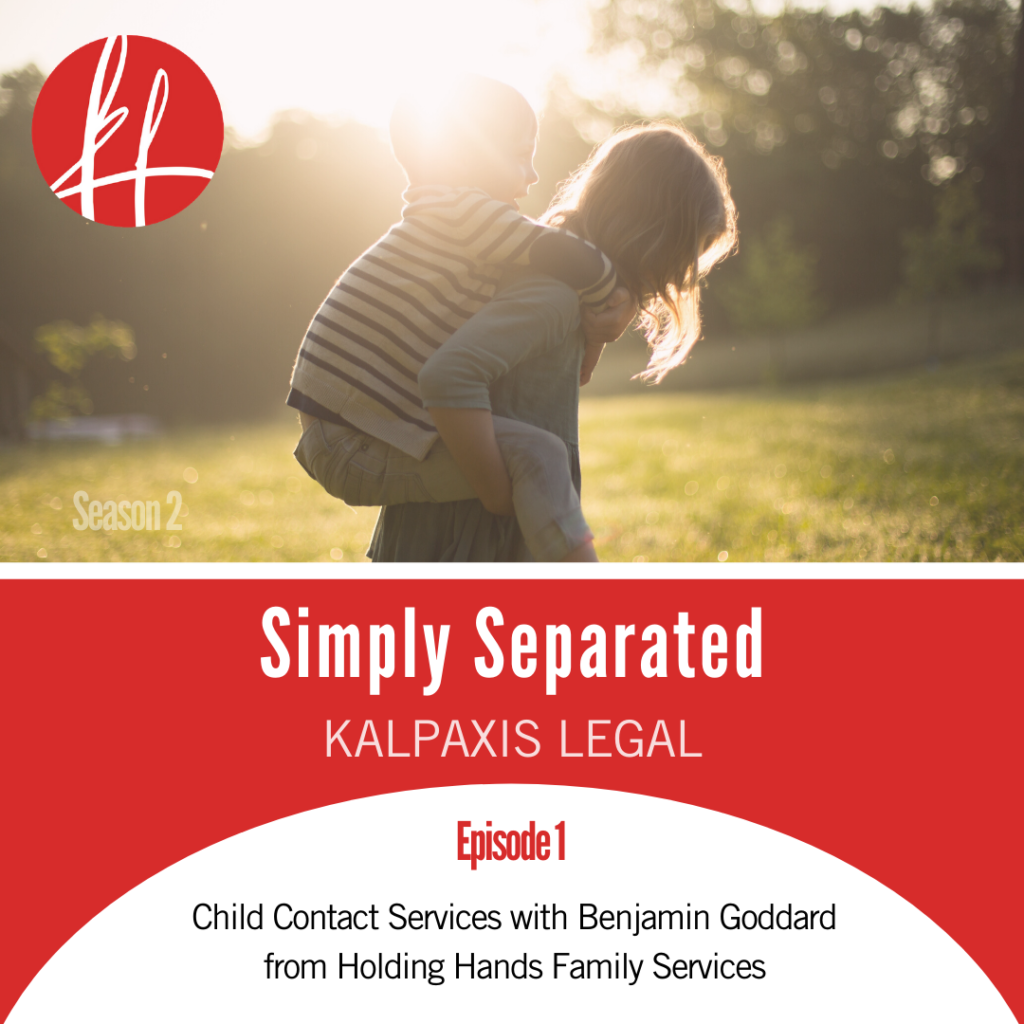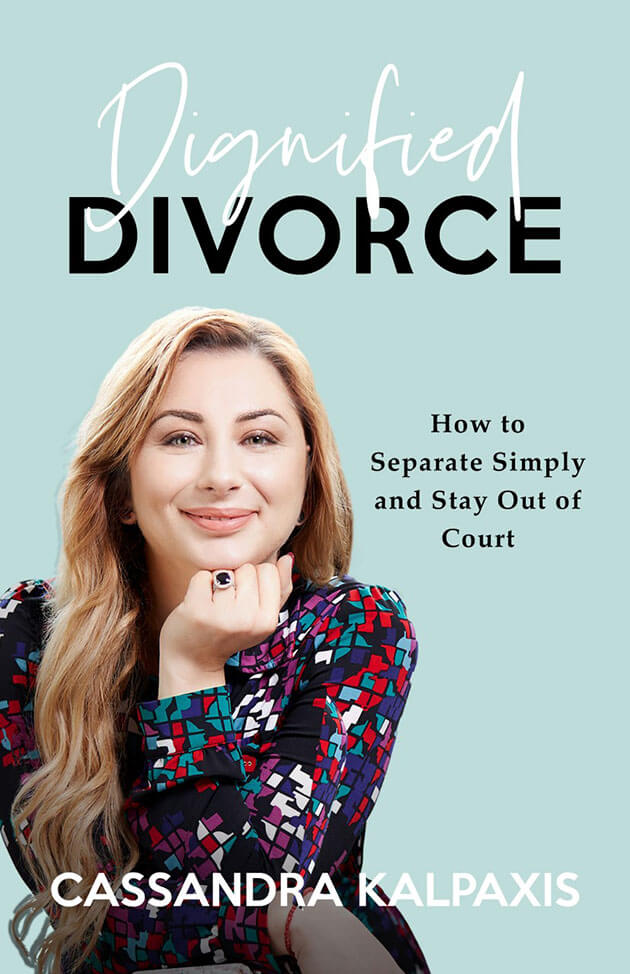[vc_row css_animation=”” row_type=”row” use_row_as_full_screen_section=”no” type=”full_width” angled_section=”no” text_align=”left” background_image_as_pattern=”without_pattern” z_index=””][vc_column][vc_column_text]
Property division and settlement is regulated by the Family Law Act 1975 (Cth) where its purpose is to bring an absolute end to the financial relationship between the two parties. The property settlement should take into account all property between the two parties and include assets and liabilities so that the whole combined financial situation is crystal clear.
The Court has the power to create property settlement orders to change the property interests of each party, regardless of whether it is a marriage relationship (s 79) or de-facto relationship (s90SM). The Court must however, before making any orders by consent or otherwise, consider the four main steps.
a) Identifying liabilities, assets and their value:
The first step is to identify all the property and their values between the parties so that the property can be divided in a way that is both just and equitable. Property is inclusive of all assets, liabilities and financial resources. Common assets between parties include the matrimonial home, investment properties, vehicles, goods, superannuation and cash. Liabilities to be identified include overdrafts, debts or mortgages. Where there are multiple properties involved or business owned by either party, the valuation exercise can become particularly difficult and time consuming and require the engagement of specialist experts.
b) Consideration of each parties contribution:
The second step involves the assessment of each parties contributions towards the property. The contributions that will be considered include those made at the beginning of the relationship, during the relationship and even those made after the end of the relationship. Contributions made toward the purchase, maintenance or improvement of the property could be either non-financial or financial and direct or indirect.
A financial contribution includes property owned by a party at the very start of the relationship such as superannuation or real estate, an inheritance or gift or money payed toward a loan, mortgage or acquisition of property. A non-financial contribution are those contributions by a party which do not have a price tag on them. These may include home renovations, or any improvement made to a matrimonial home or investment that would increase the value of the home or any work or time put into a business.
Indirect non-financial homemaker such as parenting contributions exerted to the welfare of the relationship or children of the relationship are also considered. A party who acts in a capacity of a home maker, takes physical care of a partner or sacrifices their time so that the other party can earn money has made an indirect non-financial contribution. In many cases, contributions of an indirect non-financial nature are considered equal to that of a direct financial contribution made by the party who is the wage earner.
c) Future needs of each party:
This is the third step and a highly complex area but involves the court assessing the future needs of each party and whether an adjustment must be made in favour of any party who would likely have greater financial future needs or a lower capacity to financially maintain themselves. For example, the court would take into consideration factors such as the health and age of a party, earning capacity and financial resources of each party, if either party is supporting another person such as a child under 18 years of age or if either party is financially supported by another person. After careful consideration of these factors and more, the court will then be able to make any adjustments required to compensate any of the parties.
d) Is the property settlement proposed just and equitable?
The fourth and final step is where the court will evaluate holistically if the proposed asset division is fair, just and equitable to each of the parties. This is done on a case by case basis determined by the circumstances of the case before any final settlement orders are made final by the court.[/vc_column_text][vc_empty_space height=”35px”][vc_row_inner row_type=”row” type=”full_width” text_align=”left” css_animation=””][vc_column_inner width=”1/2″][qode_elements_holder number_of_columns=”two_columns” columns_proportion=”33_66″][qode_elements_holder_item vertical_alignment=”middle” horizontal_alignment=”left” advanced_animations=”no”][vc_single_image image=”310″ img_size=”full” style=”vc_box_circle_2″ onclick=”custom_link” qode_css_animation=”element_from_fade” link=”/meet-the-family/”][/qode_elements_holder_item][qode_elements_holder_item vertical_alignment=”middle” horizontal_alignment=”left” advanced_animations=”no” item_padding=”0 0 0 10%”][vc_column_text]
By Liam Chellin
Collaborative Family Lawyer
Family Property Expert[/vc_column_text][/qode_elements_holder_item][/qode_elements_holder][/vc_column_inner][vc_column_inner width=”1/2″][/vc_column_inner][/vc_row_inner][/vc_column][/vc_row]








